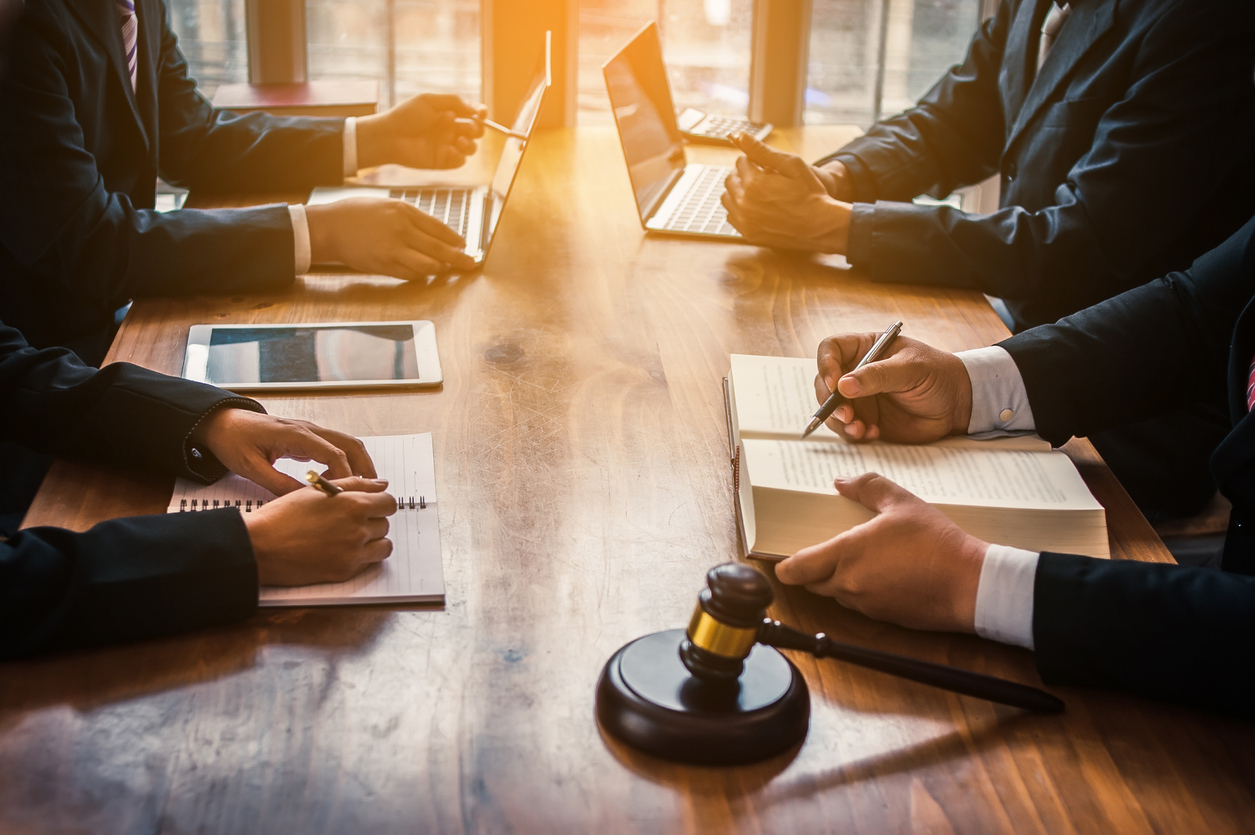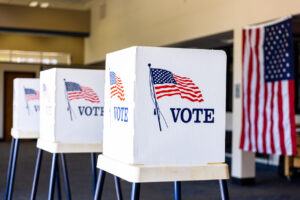How communicators can better bridge the attorney gap
These tips will help you go from legalese to legal ease.

David J. Chamberlin is the Managing Director of the Strategic Communications Advisory Team at Orrick, a global law firm focused on serving the technology & innovation, finance and energy & infrastructure sector.
Collaborations between lawyers and communications professionals often leave both parties with a sense that the other comes from opposite ends of the earth and never the twain shall meet. One CCO shared about working with legal colleagues, “it can usually feel like an adversarial relationship.”
Communicating on time, on message, and in a way that engages stakeholder audiences is exceedingly difficult for any organization. As Axios recently wrote, “Every business, nonprofit and organization in the world needs to rethink — quickly and dramatically — how it communicates to its employees, donors, customers and shareholders. Communications is now arguably the most important skill for any leader and function inside any organization, big or small. And most suck at it.”
When lawyers and communicators lack more than a basic understanding of the other’s roles and purpose, this difficult task can become impossible. They waste valuable time attempting to figure each other out, instead of focusing on the thorny problem at hand.
As a former CCO and CMO, I too have been frustrated at times by some of my legal colleagues. Now, having chosen to work with lawyers all the time, I have gleaned some insights that may help my fellow communicators.
Build a relationship.
Great relationships result from hard work, and the best leaders understand that relationships are built on conversations. Early engagement with your general counsel and legal team is essential. Find areas you have things in common – other than your employer –so you have a base to work from.
Whenever possible, get to know your colleagues face-to-face. You will not always agree in a crisis, but the genuine relationship will help ground you and remind each of you that you’re on the same team and pulling the same direction.
Remember that you’re both stewards of risk.
Lawyers and communicators are experts at mitigating risk – reputational and legal. Often, these overlap or run in parallel. Regardless, always remember that you are both trying to protect the company and share this end game.
As a communicator, realize that you likely don’t know f what is legally required or how case precedents inform a decision. Bring a humble spirit to the table. Listen to your legal colleagues, admit what you don’t know, and ask questions born of genuine curiosity. If you do this, you’ll gain valuable understanding and knowledge that allows you to collaborate.
As a result, you and your legal teammates will gain the flexibility and creativity to solve for both legal and reputational risk.
Treat organization-wide goals as your North Star.
As you work with one another, insist that the whole team works toward a common purpose by framing everything in terms of the goals of the organization. This may require you to accept that your job is to produce an unconventional product, or it may require the lawyer to accept that her job is to recommend that the business accept some amount of liability.
Always consider liability.
Accepting liability — by admission, ruling or verdict — is the definition of failure for your legal colleagues. Sometimes the opposite is true for communicators.
So remember that, while disclosing too much may help reputationally, it could hurt from a legal risk perspective. Finding the balance of taking responsibility without admitting fault may mean that you don’t offer a clear-cut apology or that you leave some reporters’ questions unanswered because it’s the right thing to do for the business.
More broadly, court rulings may focus on certain phrases, words, or approaches that your legal colleagues have good reason to want to avoid.. Listen to their thoughts—after all, taking a conservative approach may avoid a lawsuit. It’s all a question of understanding and accepting risk.
For every communications action, there is an equal (though not necessarily opposite) legal reaction. And for every legal action, there is an equal (but perhaps not opposite) communications reaction.
Be precise with the language you use.
While communicators work to be precise and find the proper word, they aren’t typically in the know about which words carry legal meanings.
For example, there is a high level of precision in describing data breaches. The description of the event matters to regulators and litigators. In some cases, you may find yourself having to work quite hard to communicate in a way that humans naturally do. Sometimes, you may need to give a little or sacrifice some cherished adjectives because they are legal kryptonite.
Keeping these insights in mind as you interact with your legal colleagues will increase your opportunity to bridge the chasm between East and West, between the legal and communication disciplines. When done right, you can stand side by side with your legal teammates to deliver winning legal and communication results that are complementary and deepen your relationship.






